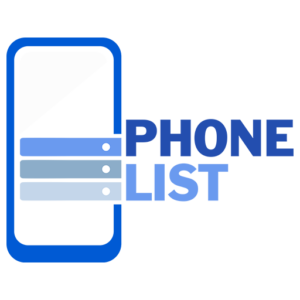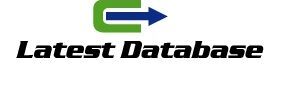The content and design of your landing page should not only inform, but also entice and persuade the visitor to take a specific action. To achieve this goal, you need a strategic combination of different elements that work harmoniously together.
Persuasive Writing:
One of the most powerful tools on your landing page is the copy. The copy should be concise and focused on the benefits the user will gain from converting. Using persuasive headlines and effective calls to action (CTAs) are essential to guide the user and motivate them to take action. Using copywriting techniques such as problem formulation and solution presentation can be very effective.
Social Proof and Testimonials:
Nothing is more convincing than hearing others speak positively about jamaica email list 329174 contact leads your product or service. Incorporating customer testimonials, trust seals, and case studies adds credibility and can reduce potential customer uncertainty or resistance. Make sure this social proof is visible and strategically positioned to reinforce decision-making.
Conversion Optimization:
Conversion rate optimization (CRO) is critical. This involves analyzing the layout of elements on your page to ensure they guide the user toward the final goal. Every button, image, and line of text 7 ecommerce lead generation tactics for 2025 should have a clear purpose and be designed to facilitate conversion . Analytics tools like heat maps can reveal how users interact with your page and where improvements could be made.
Tools and Techniques to Analyze Your Page’s Performance
After implementing content and design strategies, it’s vital to measure their effectiveness. This is where performance analytics comes into play, giving you valuable insights into user behavior and the effectiveness of your conversion elements.
Google Analytics:
An indispensable tool for landing page analysis is Google Analytics. With it, you can monitor crucial metrics such as bounce rates, session duration, and conversion paths. Establishing goals and conversion funnels will allow you to clearly see where users fall in the purchasing process and adjust your strategies accordingly.
A/B and Multivariate Testing:
To maximize conversions, running A/B and multivariate tests on your landing mobile lead page is essential. These tests allow you to change variables such as headlines, button colors, or images, and compare results to determine which combinations generate the most conversions. Tools like Optimizely or Google Optimize make it easy to create and manage these experiments.
User Feedback:
In addition to quantitative analysis, it’s crucial to obtain qualitative feedback. Tools like Hotjar and UserTesting offer features like surveys and usability tests, which reveal what real users think and feel about your page. This information is essential for making adjustments that improve the user experience and encourage conversions.
By combining these techniques and tools, you can gain a complete understanding of how your landing page is performing. With accurate and relevant data, you’re ready to optimize and convert more visitors into sales.






